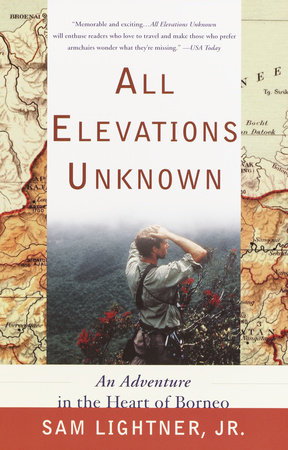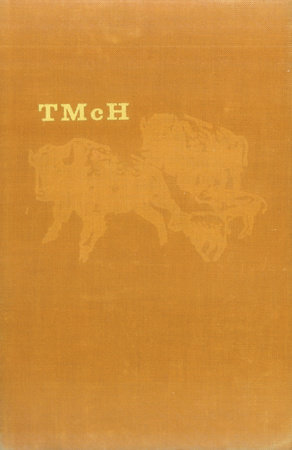George Schaller here shares with his reader the fascinating personal story behind his scientific discoveries that have so notably advanced our knowledge of the great African predators. In his new books, he allows us to participate moment by moment in his work and his experience on the Tanzanian plains as for three years he made his extraordinary of the habits, the hunting methods, the social systems, and the behavior—the lives from birth to death—of the lion, the wild dog, the cheetah, the leopard, and the hyena. We follow him afoot and in a Land-Rover, through the thickets, plains, and wooded grasslands of this wild, harsh landscape as he tranquilizes and then tags the great predators, as he gets to know their individual characteristics, as he investigates the vast array of species they depend upon for survival. We feel Schaller’s exaltation in the pure sensual motions of a lion stalking its prey, watch with him as a small furry mouse defends itself valiantly against a pack of wild dogs, as an Egyptian vulture breaks an ostrich eggs with a stone . . . We come to know the various postures of the animals in the hunt, what their territorial range is, how they behave with one another, how they raise their young . . .
We are there as Schaller hangs a tiny radio transmitter around the neck of an old lion—the beeps will enable him to track the animal by night as well as day. We observe the businesslike gatherings of wild dogs, the blinding speed and elegant graces of a coursing cheetah, the soft-footed stalk of the hunting leopard, the tension that ripples though a herd id gazelle when they sense an approaching predator. We go back in times, through two million years, while Schaller and his colleagues attempt to simulate the hunting behavior of that pre-human, the hominid Australopithecus, scrabbling and scavenging for food, developing, in the process of their experiment, an incredible sensitivity to the sounds of zebra, giraffe, hyena, and the low, purposeful flight of a vulture—any sign of a possible meal, shelter, enemy.
And, throughout, we feel Schaller’s commitment, his strong emotional kinship with the animals he studies and with the wild landscape where he and his family created a full life for themselves far from the accouterments of modern civilizations. With the gift of expressive narrative that distinguished his famous international bestseller, The Year of the Gorilla, Schaller makes us know close-up not only the teeming life of the plains and the great human adventure he lived but also the inspired improvisation, the tirelessness, the flights of imaginations that, as much as meticulous fact-finding, are an organic part of the original scientific investigation.






















